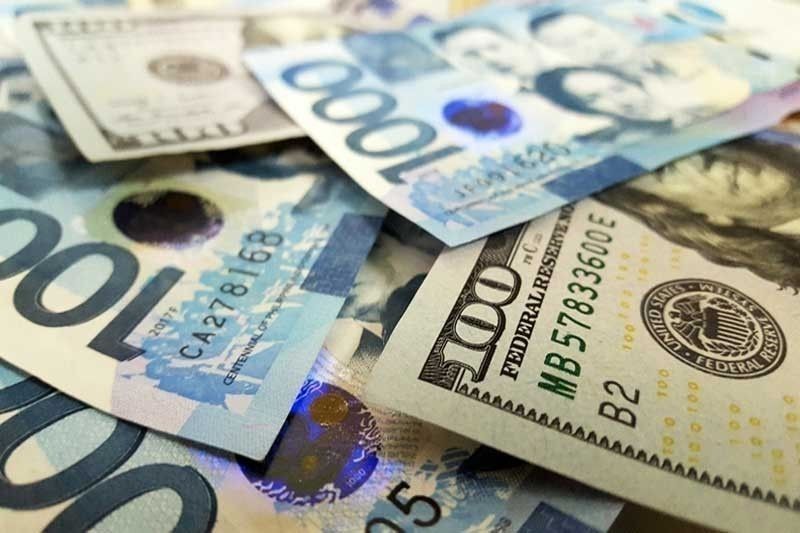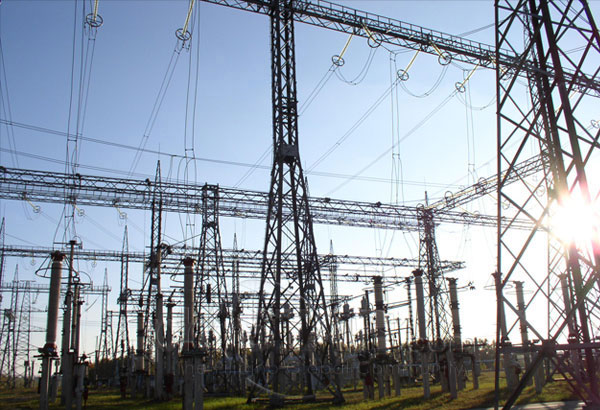Gov't debts hit record P11.9-T in September, beating Duterte's expectations

MANILA, Philippines — The government’s outstanding liabilities in September already surpassed the Duterte administration’s forecast for the entire year, continuing a pandemic-led ascent to levels that may alarm some watchers.
The state’s debt burden amounted to P11.92 trillion as of end-September, 2.4% heavier than the preceding month’s level, the Bureau of the Treasury reported Friday. Since the beginning of the year, liabilities have accumulated by P2.1 trillion.
At this rate, obligations have already risen to levels beyond government expectations. The Duterte administration had projected debts to hit P11.73 trillion by the end of the year and the September figure already exceeded this. In the first half, the debt load accounted for 60.4% of gross domestic product, breaching the 60-percent ceiling recommended by global debt watchers.
Broken down, local obligations, which accounted for 70.4% of the total debt stock, amounted to P8.39 trillion as of September, up 2% month-on-month due to proceeds from the Treasury’s sale of government securities like T-bonds and T-bills. In the first nine months, the state added P1.69 trillion to its domestic borrowings.
External liabilities, meanwhile, went up 3.1% month-on-month to P3.53 trillion in September. During that period, the government secured P43.99 billion more loans from creditors offshore, while a weak peso bloated the value of its foreign debts. Data showed external debts grew by P428.98 billion year-to-date.
To be fair, the additional debts were necessary to bridge a yawning budget deficit that is forecast to hit 9.3% of gross domestic product this year. As the economy remains in bad shape, the government has to borrow more because it’s not collecting enough revenues to meet the country’s growing pandemic needs.
“It is worrisome, but it is a necessary evil given the economically debilitating onslaught of the pandemic,” Cid Terosa, senior economist at University of Asia & the Pacific School of Economics, said.
And obligations are expected to sustain their rise until next year. Economic managers see outstanding liabilities jumping to P13.41 trillion by the end of 2022, when President Rodrigo Duterte’s successor would have already taken over.
For Ruben Carlo Asuncion, chief economist at Union Bank of the Philippines, the uptick in liabilities risks diverting state funds to debt and interest payments instead of going to government programs that would boost economic activity. This, in turn, may pose a big fiscal challenge to the next administration.
“At this point, debt sustainability indicators we monitor show that interest payment pressure has risen, particularly in ratios of interest payments to disbursements and revenues,” Asuncion said.
“Together with government’s rising dependence on debt over revenues, the risk of interest payment pressures may narrow the fiscal space (or fiscal contribution to growth) over time,” he added.
- Latest
- Trending
























